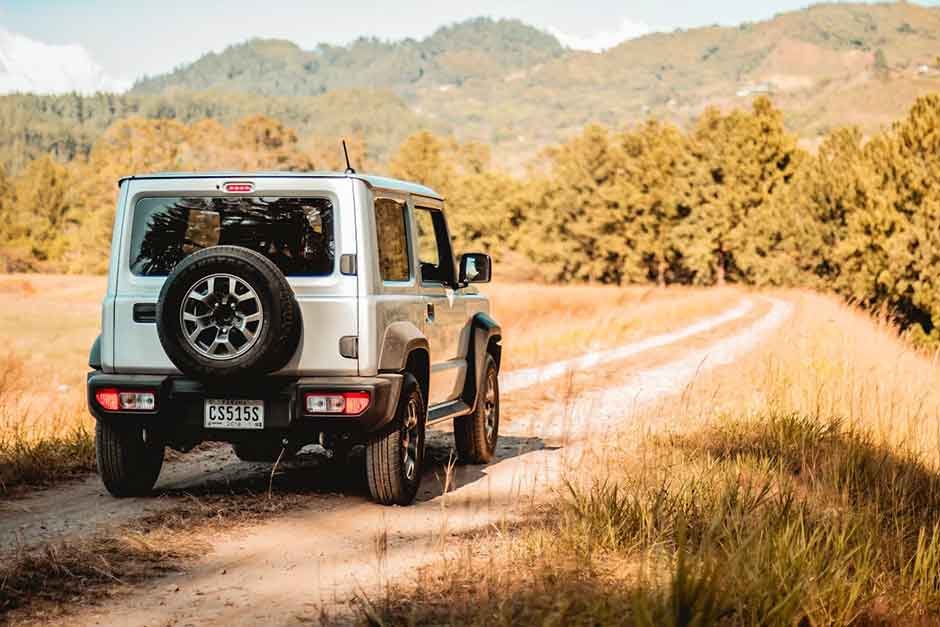The ability to select the right lift on your Jeep can make an absolute change in how your Jeep behaves off the road. Whether it is deep mud trails or rocky slopes, the right set-up enables you to roll through tracks without any problems. Be it everyday riding or difficult riding conditions, the right configuration can give you peace of mind and confidence that control, stability, and performance will not be sacrificed.
Realize the Reason behind a Jeep Lift
A Jeep lift is not simply a raised height. It modifies all the geometry of the car to enhance clearance, articulation, as well as off-road ability. With the Jeep suspension raised, you leave yourself with space to fit larger tires to gain traction on loose surfaces. It cushions the undercarriage against debris, as well as obstructions. Lifts are not all built on extreme trails. Others are perfect for light overlanding, and others navigate the rough mountain roads. Knowing how and where you intend to take your car will be valuable in reducing the options. It should be noted that the type of lift that matters is based on what you will be using in your vehicle, in regard to trail riding or rock crawling. Adequate planning improves your Jeep’s performance while avoiding safety or comfort issues on the road.
The Various Types of Jeep Lifts
Various types of Jeep lift kits exist with distinct advantages. Spacers or budget lifts deliver a slight lift but do not interfere with factory suspension. They are also suitable for casual off-roaders who would like improved appearance and light off-roading. Coil spring lifts also upgrade the quality of the height and ride quality because of the replacement of stock springs with taller ones. To take off-roading to a higher level, long-arm suspension lifts and short-arm suspension lifts are more controlled and have greater articulation. Body lifts instead lift the body above the frame without interfering with the suspension. All types of lifts serve varied applications and budgets, and in this way, knowledge of the types would prevent making unwarranted adjustments. The terrain, the size of the tires, and the comfort you ride in should always be in mind when choosing a system.
Lift Height and Tire Size Compatibility
The height of the lift and the size of the tires should be balanced. It is common to install a lift to carry bigger tires, but you must take into consideration how much extra clearance you actually require. An insufficiently large lift can lead to rubbing as a result of a sharp turn or suspension. Unacceptably large lift and failure to upgrade steering and braking components may result in stability problems. As an example, the majority of 33-inch tires are compatible with a 2-3-inch lift, whereas those using 35-inch tires usually require 4 inches or more. It should be routinely ensured to be compatible with the stock drivetrain and axle system. The fact that the adjustment of the height of lift to the height of the tires saves handling and does not subject the suspension system to future wear and tear.
Considerations of Installation and Alignment
After a type of lift has been chosen, installation comes first. Raising a Jeep alters the geometry of the steering and the suspension angles, and consequently, improper installation could lead to unequal tire wear, handling problems, or even drivetrain destruction. The professional installation of larger kits or kits requiring additional parts is advisable. When fitted, the Jeep demands complete toeing to ensure that it remains safe both on the road and off it. This includes working with caster, camber, and toe angles.
Maintenance and Upgrades Long-Term
An upgraded Jeep requires regular maintenance. Such parts as shocks, control arms, and drive shafts will likely see increased amounts of stress compared to factory installations. A checkup should be conducted after a day of riding on the rough trails to avoid breakdowns. It may also need shaking with suspension bushings, sway bar links, and brake lines. Along the way, you might realize that additional engineering is required on the condition of straining axles or additional sturdy track bars to support balance. Who knew the long-term performance would last based on the maintenance of the lift system and the additional modification being introduced where necessary? Regular maintenance that ensures everything is in good working condition protects your investment, as well as giving you pleasure in driving.
Conclusion
The appropriate Jeep lift can take you through a variety of terrain with a higher degree of clearance, control, and safety. By arranging it and setting it up with due planning; you can have fun both off-road and have confidence on-road. Get a lift that can assist in your driving, the type of vehicle, as well as long-term performance objectives.






